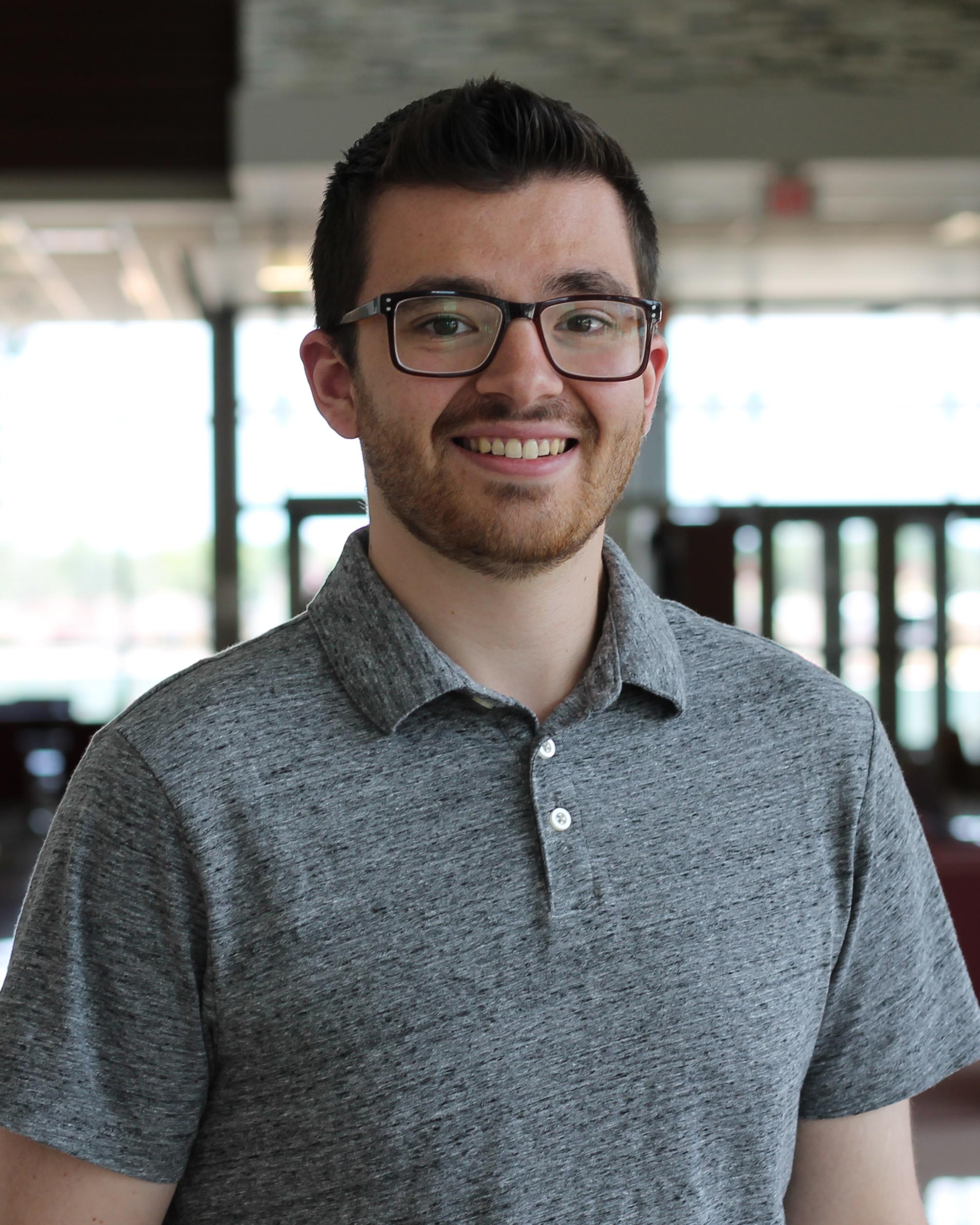
Despite the challenges of working from home during the pandemic, Texas A&M University biomedical engineering doctoral student James Tronolone was determined to apply his interests in machine learning and artificial intelligence (AI) to answer one of the most challenging questions in his field — how can the production quality of blood capillaries-on-a-chip be standardized? In two recently published papers, Tronolone offers a solution.
Microphysiological systems, or organs-on-a-chip, are microscopic chambers that contain human cells grown into a basic functional unit of a tissue, organ or organ system. If vascularized, organs-on-a-chip could revolutionize drug development by providing human-derived models instead of less physiologically relevant animal models.
However, due to differences in chip development across laboratories, organs-on-a-chip are difficult to reproduce – until now.
“In biomedical engineering, everyone has only been measuring the morphology of blood capillaries-on-a-chip, and in my lab, we also measure their function or oxygenation,” Tronolone said. “The neural networks I trained bridge the gap between the two. We can now input pictures of what blood vessels look like into the neural networks, and they can quantitatively determine to what extent the vessels will nourish the organ-on-chip.”
He has a remarkable capacity to understand a problem, grasp the current literature to become an expert in the current state of the field, and then find creative ways to solve the problem.
The algorithms designed to measure the quality of vascular networks are reported in Tronolone’s recent publications: “Evaluation of the morphological and biological functions of vascularized microphysiological systems with supervised machine learning” in Annals of Biomedical Engineering, and “Machine learning chained neural network analysis of oxygen transport amplifies the physiological relevance of vascularized microphysiological systems” in Bioengineering & Translational Medicine.
Tronolone describes the use of machine learning and neural networks to develop a vascular network quality index (VNQI) that quantitatively compares blood capillaries-on-a-chip systems.
“The first paper was dedicated toward an exploratory data analysis of all our blood vessels using machine learning,” he said. “This allowed us to relate morphology to function. In the second paper, we fed this data into neural networks, which would output a vascular network quality index with more than 94% accuracy. Now, you can take a picture of your blood vessels, input them into the program, and it will give a number between 0 and 1, with 1 being healthy, more oxygenated blood vessels.”

Tronolone hopes this standardization of blood capillaries-on-a-chip research will further progress in medical regulatory practices. He said using the quality index could allow researchers to compare “apples to apples,” making replicating other researchers’ work easier.
“With a standardized metric, we can now go to regulatory agencies and introduce new biomaterials or drugs for human clinical studies with more confidence,” Tronolone said. “We can show that these new materials or drugs have been tested using vascularized organs-on-a-chip evaluated with our VNQI.”
The research is funded by a National Science Foundation graduate research fellowship and the American Heart Association predoctoral fellowship. He is also the first recipient of the Department of Biomedical Engineering National Excellence Fellowship, a department head initiative to recruit top students to Texas A&M to pursue doctoral degrees focused on translational research.
He is advised by Dr. Abhishek Jain, an associate professor in the biomedical engineering department, the Barbara and Ralph Cox ’53 Faculty Fellow in the College of Engineering, and the Bioinspired Translational Microsystems Laboratory director.
“Jim is a natural inventor,” Jain said. “He has a remarkable capacity to understand a problem, grasp the current literature to become an expert in the current state of the field, and then find creative ways to solve the problem.”